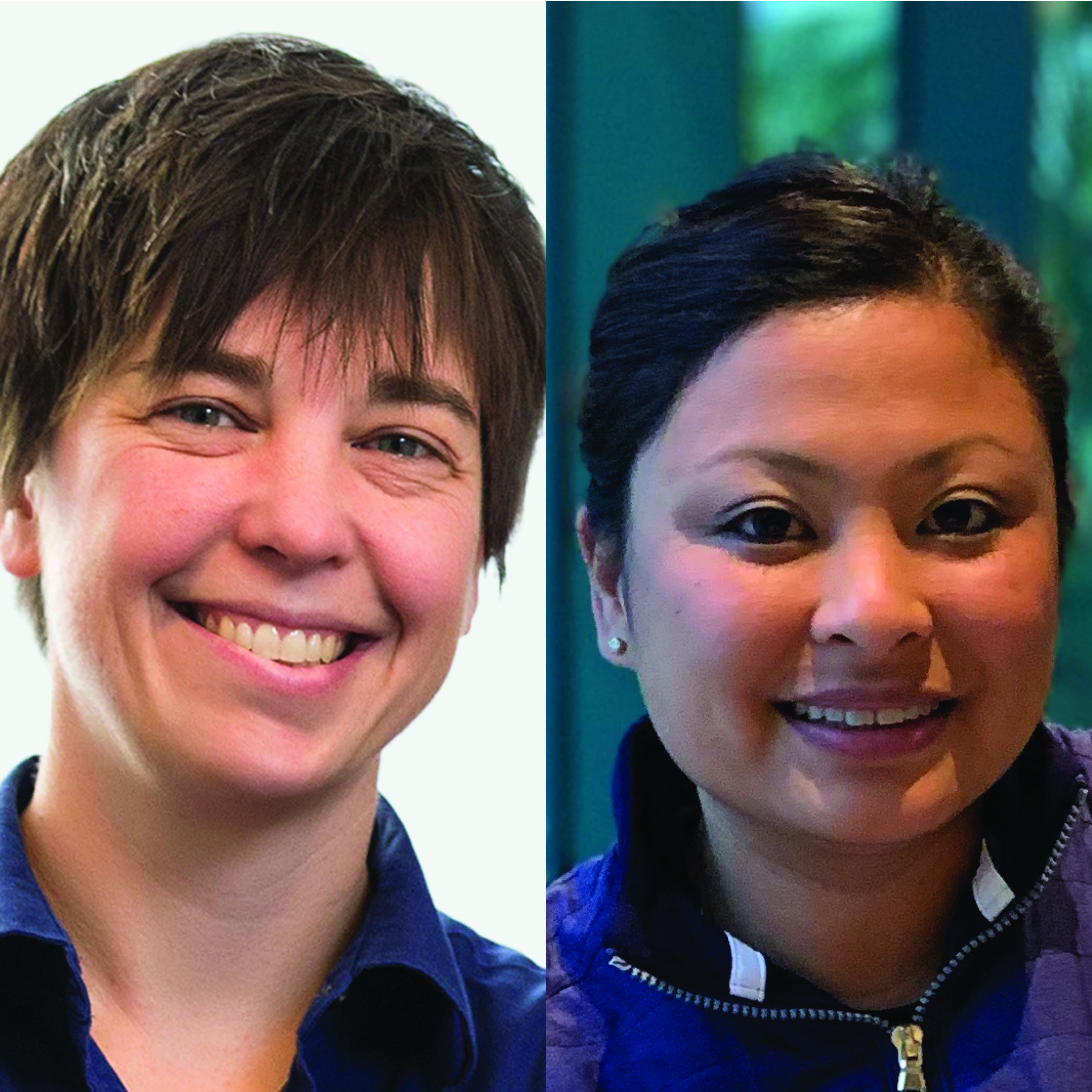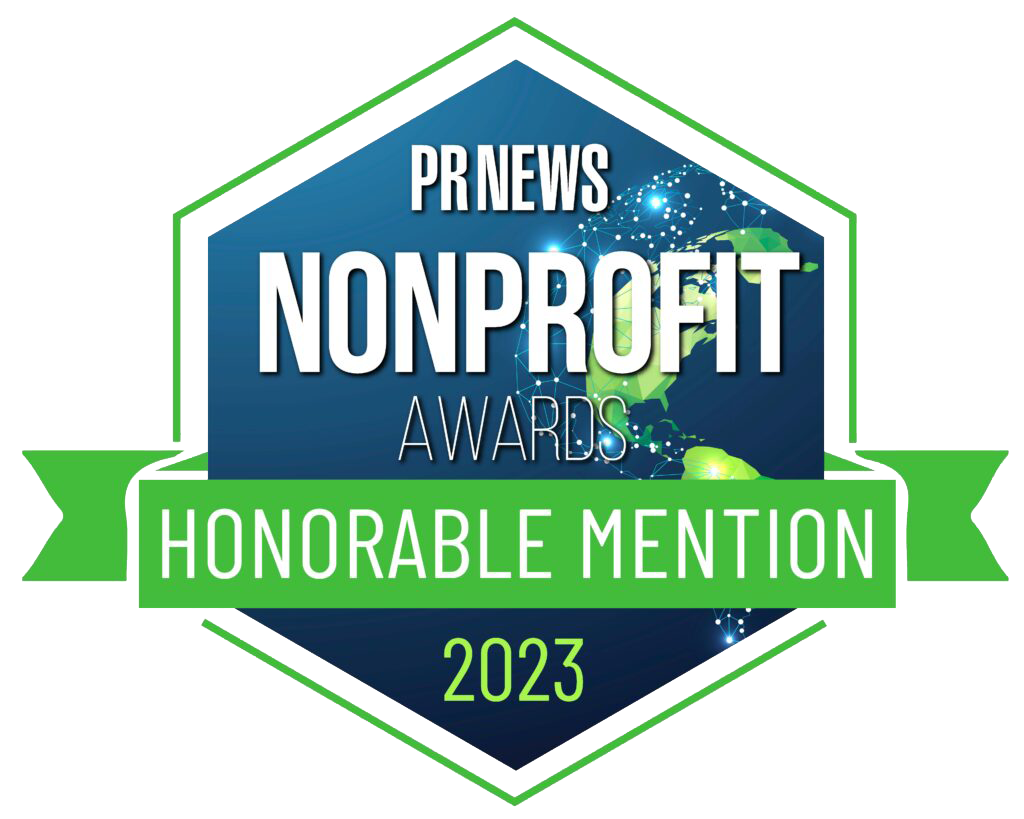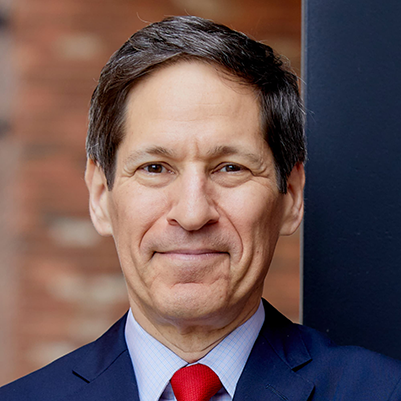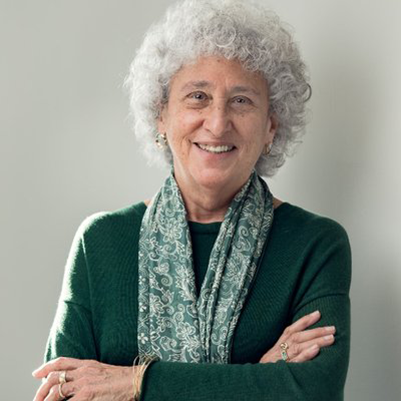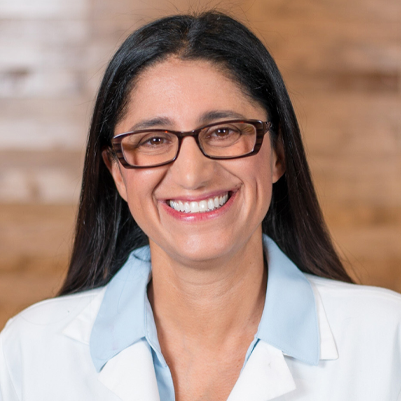For nearly the first decade of the National Institutes of Health’s “All of Us” Research Program — aimed at increasing diversity in genetic research — a major component was missing: kids.
“Children are approximately 24% of our population in the U.S. and 100% of our future,” Dr. Sara Van Driest, director of pediatrics for NIH’s All of Us Program, told hosts Mark Masselli and Margaret Flinter. “In order to provide them with the very best care for the future and have them benefit from this resource, we need to include them.”
The journey is personal for Katrina Yamazaki, Ph.D., principal investigator for Community Health Center, Inc., in Connecticut, a partner organization in All of Us. Yamazaki and her husband adopted three boys through the foster care system.
“We don’t know a whole lot about their … biological families’ medical history,” Yamazaki said. “The idea that this program will one day be able to provide some of [that] missing information to me and my husband, in order to become health advocates for our children is really important to me.”
The NIH in August began limited enrollment in the program for children age 4 and under.
“We started with that youngest age group so we can follow them the longest,” Van Driest said.
Community Health Center, Inc., for its part, is partnering with community-based organizations such as the Hartford Public Library to build trust, raise awareness of the project and make a fun atmosphere through activities.
All of Us intends to change what might be seen as a “one-size-fits-all” approach to health care. It aims to encompass 1 million individuals of diverse backgrounds but doesn’t focus on particular diseases or conditions, Van Driest said. The diversity, too, goes beyond culture, touching geography, age and socioeconomic status.
“One of the goals of research is to connect the dots,” she said. Given the scope of the project, “there will be so many dots that we’ll be able to connect,” Van Driest said.
“If we fail to include a group of individuals or an aspect of diversity, we miss out on that uniqueness. That limits us in what we’re able to understand about humanity in general,” she said. “It also limits research and learning about that group of individuals. And it limits downstream how clinicians can care about individuals and give them the very best possible outcomes.”
To download audio file, click here.
